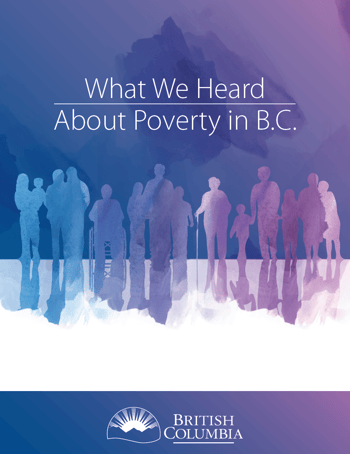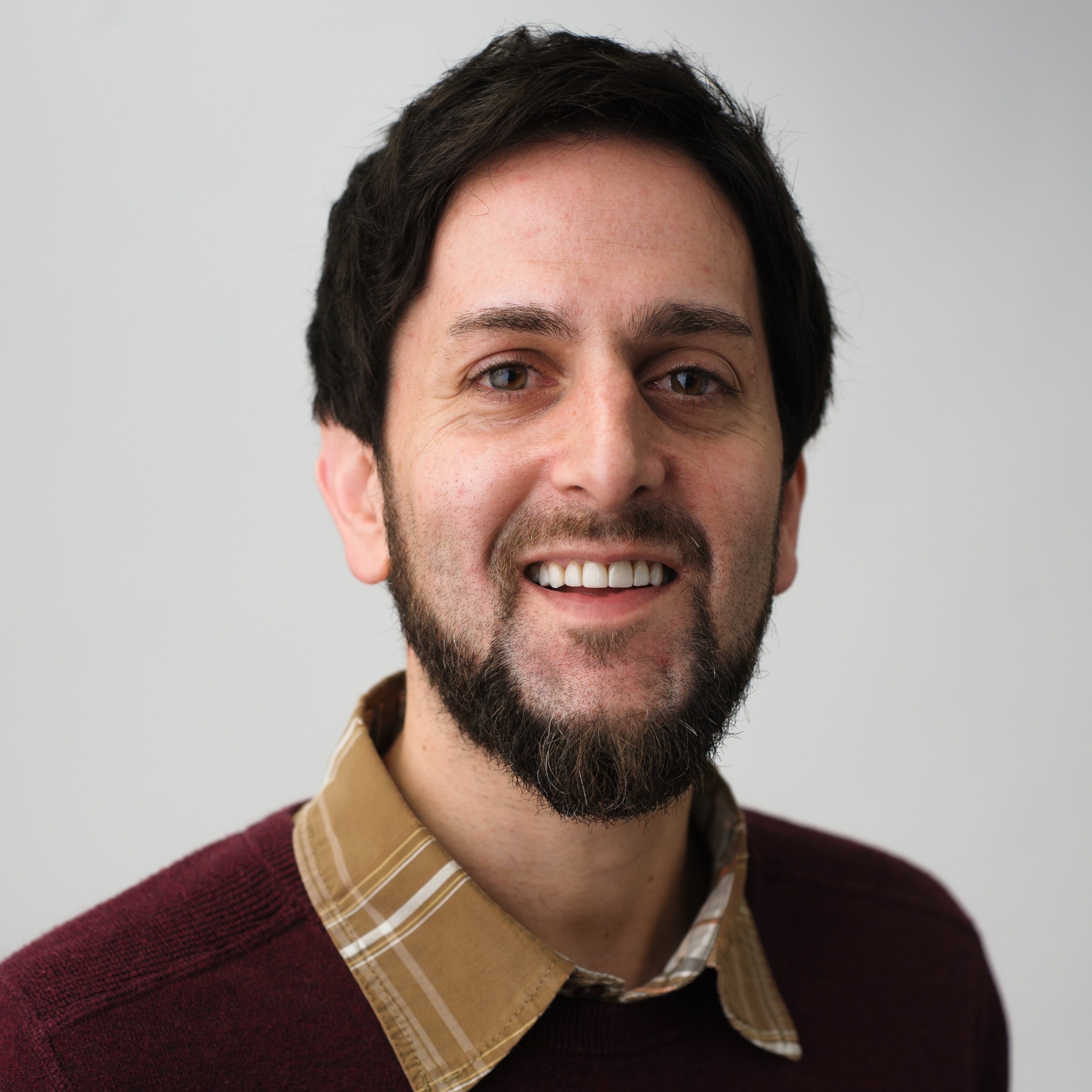The Government of British Columbia’s recent release of What We Heard About Poverty in B.C. means the province is one step closer to having a poverty reduction strategy. The Report reflects public input, gathered between October 2017 and March 2018, that will shape the provincial strategy. Some of the common themes are summarized below.
You can read the full report here: What We Heard About Poverty in B.C.
Housing and Homelessness
Affordable housing was a top concern, as people from across sectors noted how high rental costs and low vacancy rates have increased poverty levels. People experiencing poverty shared that high housing costs often force them to cut back on other basic needs like food. Several challenges related to homelessness were conveyed, including discrimination, shelter system rules, and the need for more supportive housing.
Ending Discrimination and Stigma
The role of discrimination and stigma in creating and deepening poverty was a common thread throughout the Report. Indigenous peoples shared how the lasting impacts of colonialism, racism, and dispossession have compounded their challenges with poverty. People with disabilities, immigrants and refugees, people of colour, women, and members of the LGBTQ2+ community also expressed how multiple barriers exacerbate poverty. Across the board, people experiencing poverty drew clear links between poverty, and social isolation and exclusion.
Financial Security and Income Supports
Inadequate income assistance rates were often identified as a key contributor to poverty. Proposed solutions in this area included significantly increasing rates and indexing them to the cost of living, as well as other rule changes such as further increasing earnings exemptions. Though raised frequently, the idea of basic income had both supporters and detractors.
Creating Good Jobs
Many participants discussed how rising precarious employment had made it difficult to find secure, good-paying jobs. They also cited child care and transportation costs as employment barriers. Proposed solutions in these areas included more services and support to help people find and keep work, stronger enforcement of employment standards, improvements to the WorkBC program, and increasing work-related supports for people with disabilities.
Safe, Affordable Transportation
Many identified affordable transportation as key to social inclusion, as it provides a link to job and training opportunities, community and health services, and opportunities for social connections. When faced with competing financial pressures, those experiencing poverty stated that public transit is often the first thing they cut from their budgets. Transportation barriers related to rural, northern and remote communities were also frequently cited.
Access to Health Care
People often discussed how they endure pain and discomfort because they are unable to afford medication, treatment, or special diets. The need for a strong PharmaCare system was identified, and it was suggested that people be automatically enrolled in the system when they file their income taxes. Other recommendations included ensuring people in low-income have access to a broader spectrum of health services, such as dental, optical, and physiotherapy.
Other Key Themes
The Report highlighted several other common themes including food security, education and training, supports for children and families, access to justice, compassionate care for people facing mental health and addictions issues, and ensuring those who are most vulnerable are connected with the services they need.
Conclusion
What We Heard About Poverty in B.C. clearly outlines where British Columbians stand on poverty. This input will inform both the government’s poverty reduction legislation, which is expected this fall, and the full poverty reduction strategy that will follow the legislation.
Learn More:
- What We Heard About Poverty in B.C.
- Supplemental Reports
- List of Ideas Shared During the Engagement Process
- B.C. Poverty Reduction website for notes from 28 community meetings, 68 policy briefs, and 100 small group discussions





